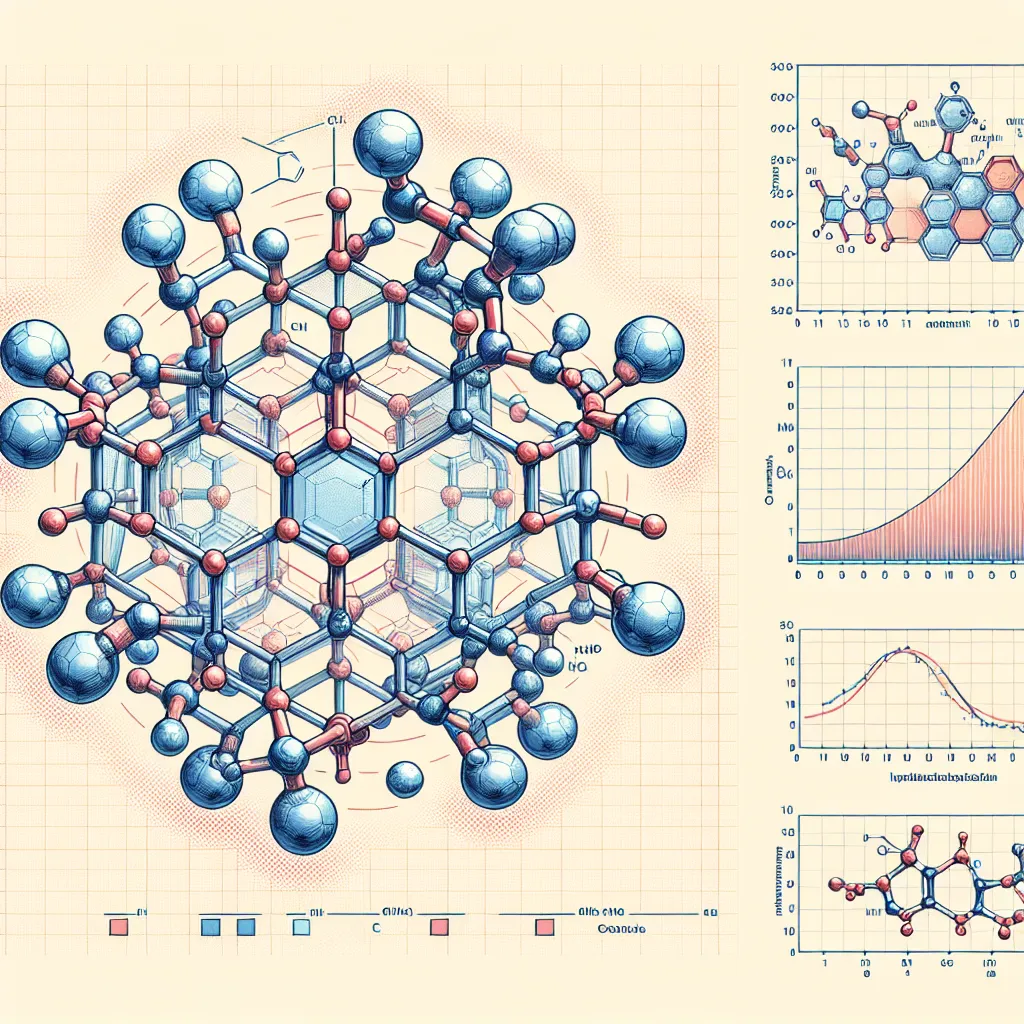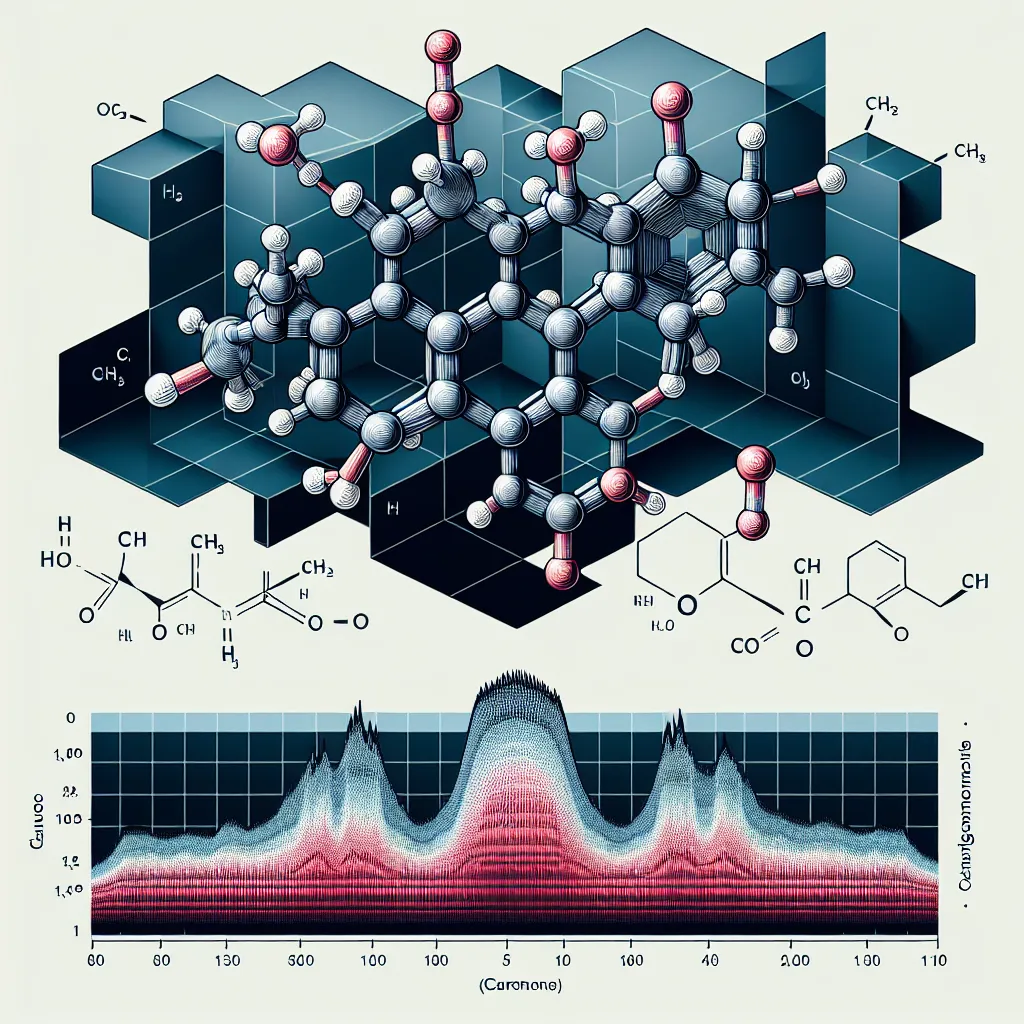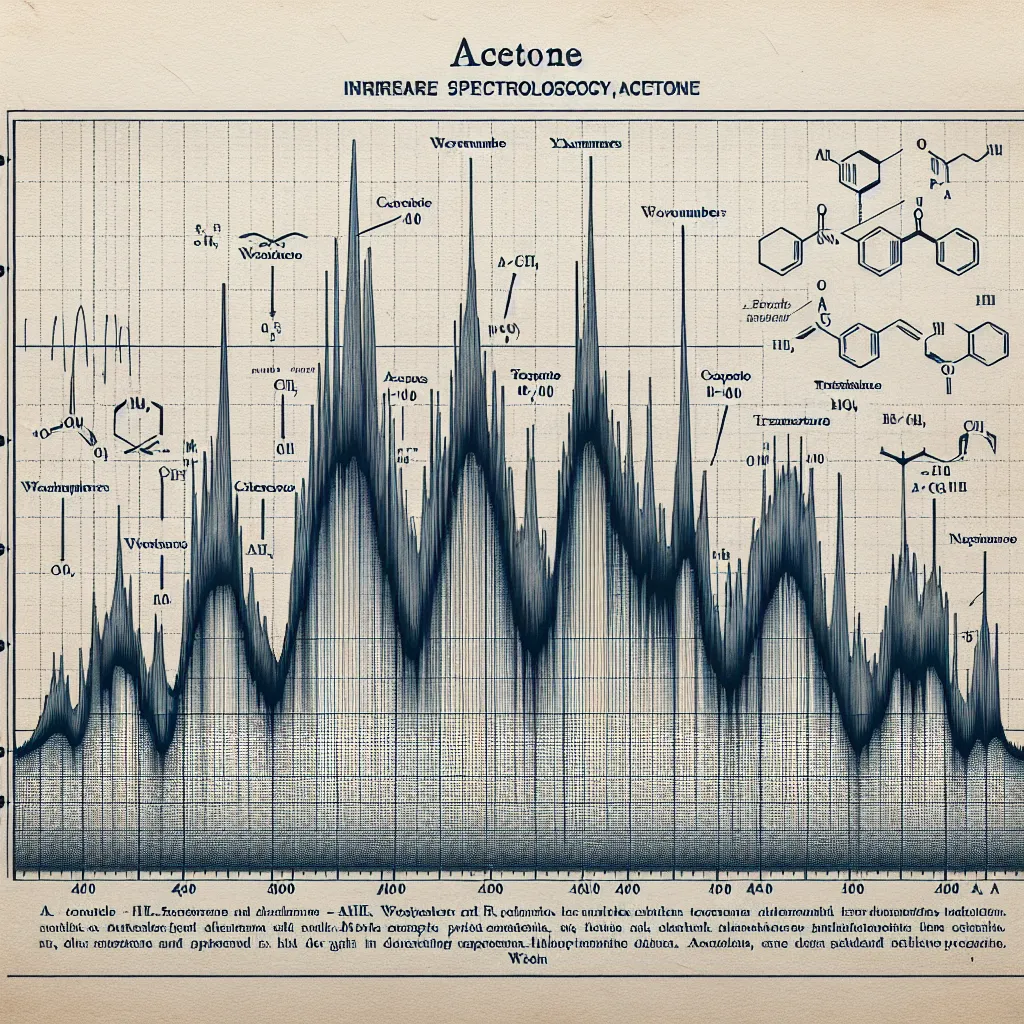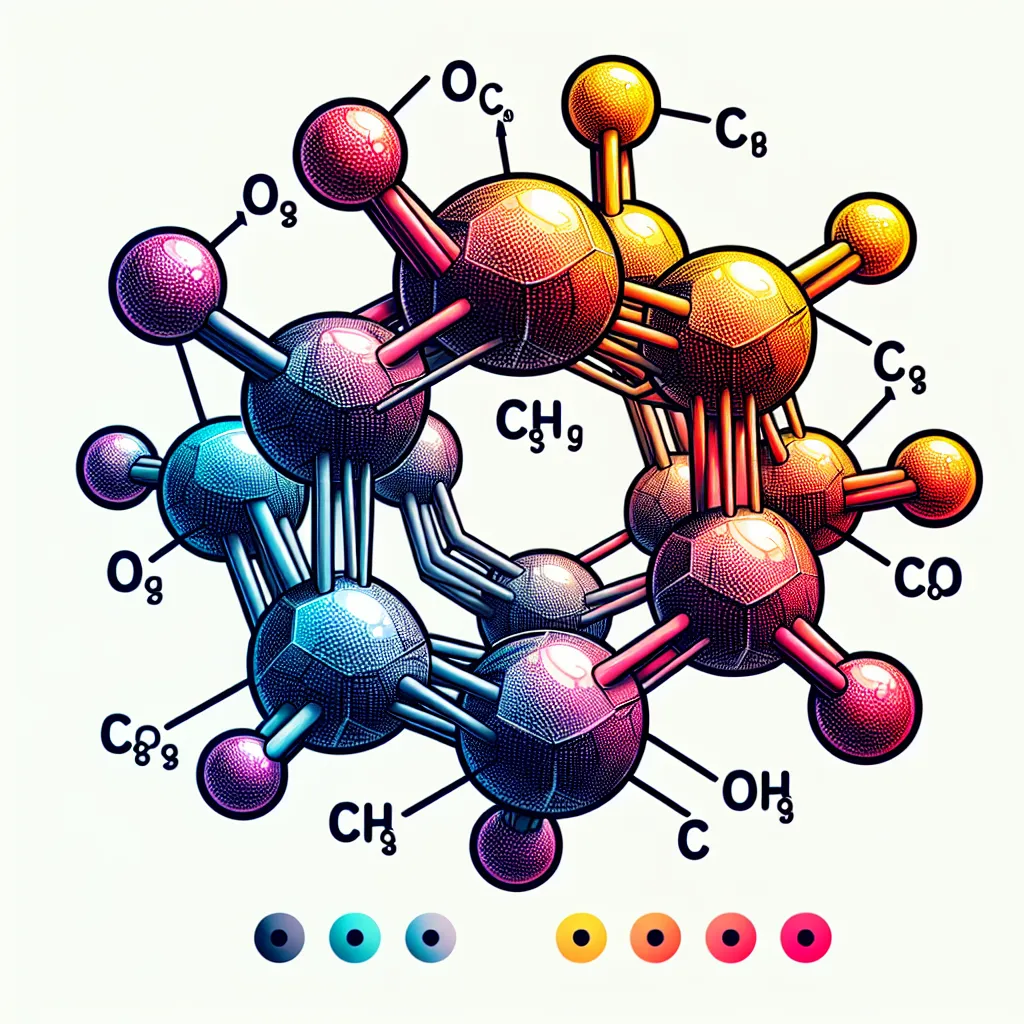Ask AI on The Internet
Question: INTERPRETE IR RESULTS OF Cyclohexanone.SUMMARIZED VISION
Sure! Summarizing IR (Infrared) spectroscopy results of cyclohexanone can provide insight into the functional groups present in the molecule based on characteristic absorption peaks. Here are the key points you would typically look for: 1. **Carbonyl Stretch (C=O):** - Cyclohexanone contains a ketone functional group, and the carbonyl stretch typically appears as a strong and sharp band. - This peak is usually observed around **1710 cm⁻¹**. 2. **C-H Stretch:** - Cyclohexanone has C-H bonds from the cyclic alkane structure. - These stretches appear in the region of **2850-2950 cm⁻¹**. 3. **C-H Bending:** - Bending vibrations of CH2 groups (common in cyclohexane rings) typically appear around **1465 cm⁻¹** and **1375 cm⁻¹**. 4. **C-C stretching (Skeletal Vibrations):** - The ring structure can also give rise to several bending and stretching vibrations, especially in the regions of **1200-950 cm⁻¹**. In summary, when interpreting the IR spectrum of cyclohexanone, you should see a prominent peak near **1710 cm⁻¹** for the carbonyl group, peaks in the range **2850-2950 cm⁻¹** for C-H stretches of the CH2 groups, and additional peaks around **1465 cm⁻¹** and **1375 cm⁻¹** for their bending vibrations as well as potentially complex bands between **1200-950 cm⁻¹** due to C-C stretches in the ring. Interpreting these peaks allows you to confirm the presence of the characteristic ketone (carbonyl) functional group, as well as the cyclic alkane structure inherent to cyclohexanone.
Think your answer is better than the AI's? Post it below.
Question Tags
If you want your question answered by an AI, click here.







Post your own comment: